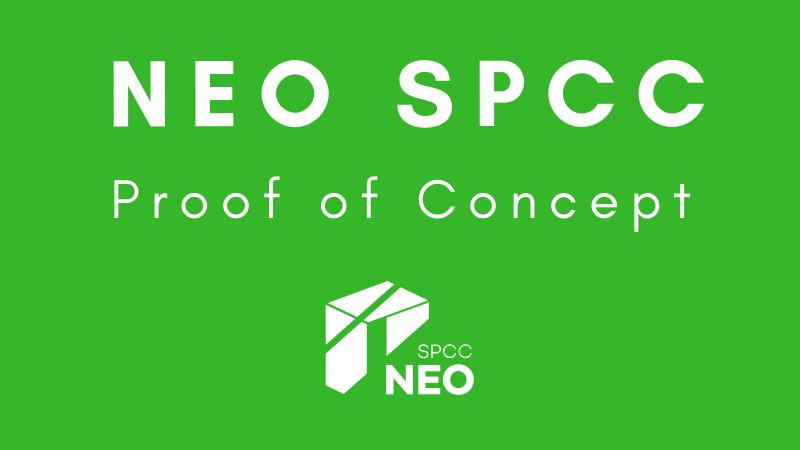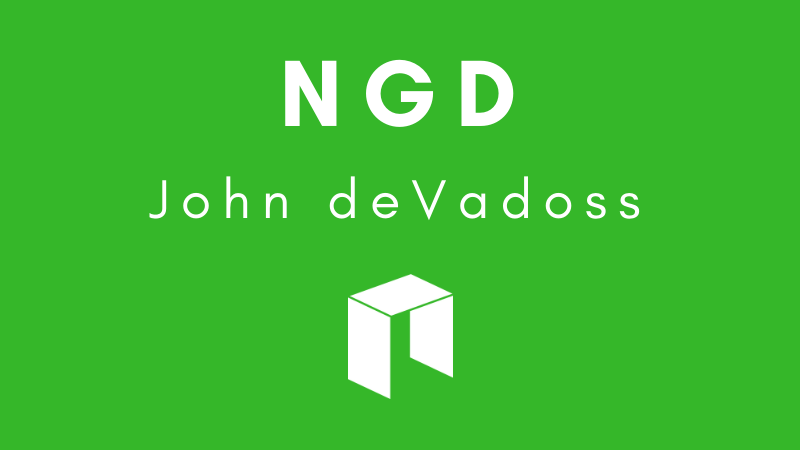
NEO St. Petersburg Competence Center recently published a proof-of-concept video demo for its NeoFS candidate, alongside the research plan for its distributed decentralization storage platform (DDSP). The release followed a presentation held by Dr Anatoly Bogatyrev at NEO DevCon 2019 in Seattle, where the current DDSP design was outlined.
The DevCon presentation, available here, provided an overview of key functionality including the data placement methodology, use cases, fault tolerance and rewards system. The storage platform will use GAS as its base currency and aims for a beta release in Q3 2019.
File Storage Demo
NEO SPCC has released a proof-of-concept video demo that demonstrates how the platform creates a network map that it can use to store data according to the placement rule.

In the demo, the three inner ring nodes (responsible for data auditing and maintenance) create a new network map once per epoch. Ten outer ring nodes (used to store data) are connected to these inner ring nodes, with information synchronized between them.
The demo demonstrates how a container is created, based on a storage policy, which is then used to show how a file is stored and retrieved from the network. The demo also showcases the use of GAS, which is required for data deposits to the distributed storage network. The demo code can be found on Github here.
Research Plan
Alongside the demo, NEO SPCC released a public research plan, documenting how it intends for its distributed decentralized storage platform (DDSP) to be used by dApps for data storage in addition to acting as a content delivery network (CDN).
The design features two novel approaches; the use of homomorphic hash signatures to prove the integrity and availability of data, and the use of a scalable data placement method to achieve redundancy with minimal data movement. More information on NEO SPCC’s novel methodology can be found here.
Accounting in the DDSP is handled via smart contracts deployed to the NEO blockchain with an exposed wallet address. Inner ring nodes will monitor the movement of assets to the smart contract wallet using a blockchain explorer. Analysis of these transactions allows each user to have an ‘identity’ in the system.
The proposed DDSP implementation also includes a backward compatible storage format, ensuring that future versions of the system will still meet the data storage needs of applications that cannot modify their code or data allocation, such as is the case for dApps.
The research plan also outlines the incentive model, noting that storage costs must be lower than existing centralized solutions such as Amazon S3 and Microsoft Azure, but still remaining sufficiently costly for storage nodes to make a profit.
More detailed information can be found in the full research plan, which can be read here.
DevCon Interview
NEO News Today also interviewed Dr Anatoly Bogatyrev at NEO DevCon 2019, which covered how data can be stored and retrieved, additional use cases, pricing information and NEO SPCC’s contributions to the neo-go repository.








About The Author: Brett Rhodes
Brett is a blockchain enthusiast and freelance writer who originally began producing content for the gaming & eSports industries. Now he spends most of his time contributing in the Neo ecosystem.
More posts by Brett Rhodes